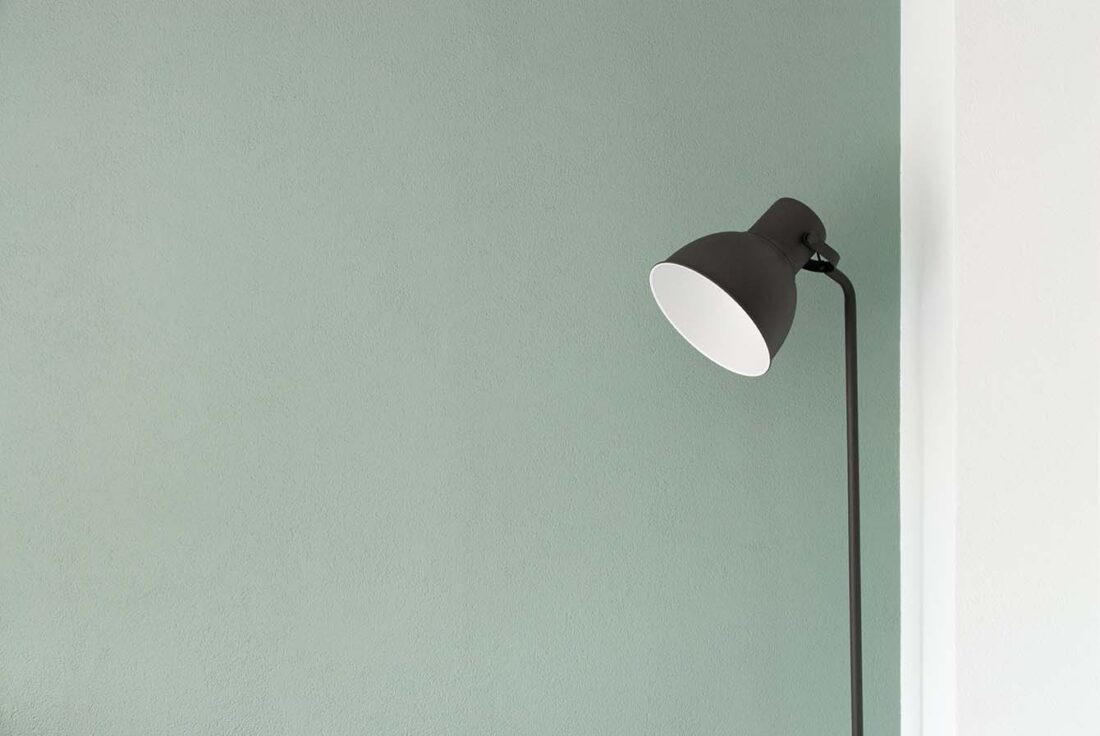Harnessing the ‘IKEA Effect’: Enhancing Interior Design with DIY Furniture Projects
Imagine being part of a Harvard, Yale, and Duke research study that asks you to construct a simple IKEA storage box. As you engage in the process of transforming the flat-packed box into a three-dimensional storage solution, your sense of achievement grows with every step. It may surprise you to know that your efforts in this creation process have dramatically increased your perceived value of the storage box, as compared to an identical, pre-assembled one.
This fascinating psychological phenomenon, named the “IKEA effect” by the researchers, indicates that the sweat equity invested in creating or building something increases its intrinsic value in the builder’s eyes. This finding is not just an interesting quirk of human psychology, but it holds profound implications for the world of home interior design.
One of the key experiments that exemplifies the “IKEA effect” involved two groups of participants. The first group was asked to build an IKEA storage box, while the second group inspected a similar, pre-assembled box. Intriguingly, when asked how much they would be willing to pay for the box, the group that had built the box valued it significantly higher than the group who simply inspected the pre-assembled version.
This increase in perceived value, the researchers found, was not due to the physical act of building per se but was contingent on the completion of the project. Unfinished or disassembled projects did not carry the same added value, highlighting the importance of task completion in the IKEA effect.
In the context of home interior design, the “IKEA effect” reveals a game-changing strategy for homeowners and design enthusiasts. Engaging in DIY furniture projects not only allows you to personalize your living spaces but also increases the value you assign to these items. You’re likely to treasure your DIY coffee table or the bookshelf you built far more than a comparable store-bought piece.
Moreover, embracing the “IKEA effect” could also contribute to a more sustainable living approach. As you value your DIY creations more, you tend to hold on to them for a longer period, reducing the need for frequent replacements. This prolonged use, in turn, can benefit the environment by decreasing waste and the demand for new furniture production.
In summary, the “IKEA effect” offers an enlightening perspective on the power of DIY projects in home interior design. Whether it’s building a simple storage box or crafting a complex piece of furniture, the act of creation has a unique way of elevating the worth of objects in our homes. So, why not try building your next furniture piece? Your effort could lead to a beautiful item that you’ll treasure more than any off-the-shelf purchase, thereby creating a home environment that is not only visually appealing but also emotionally significant and environmentally conscious.





